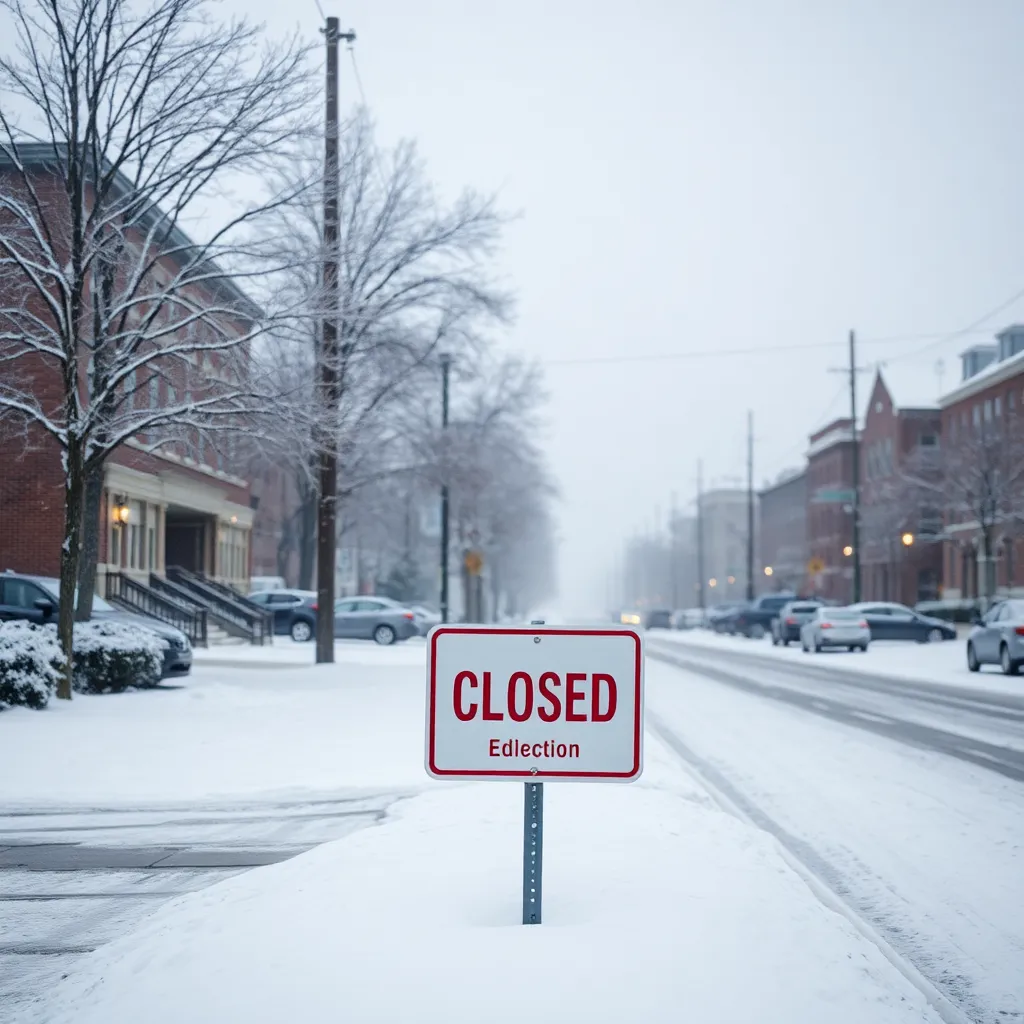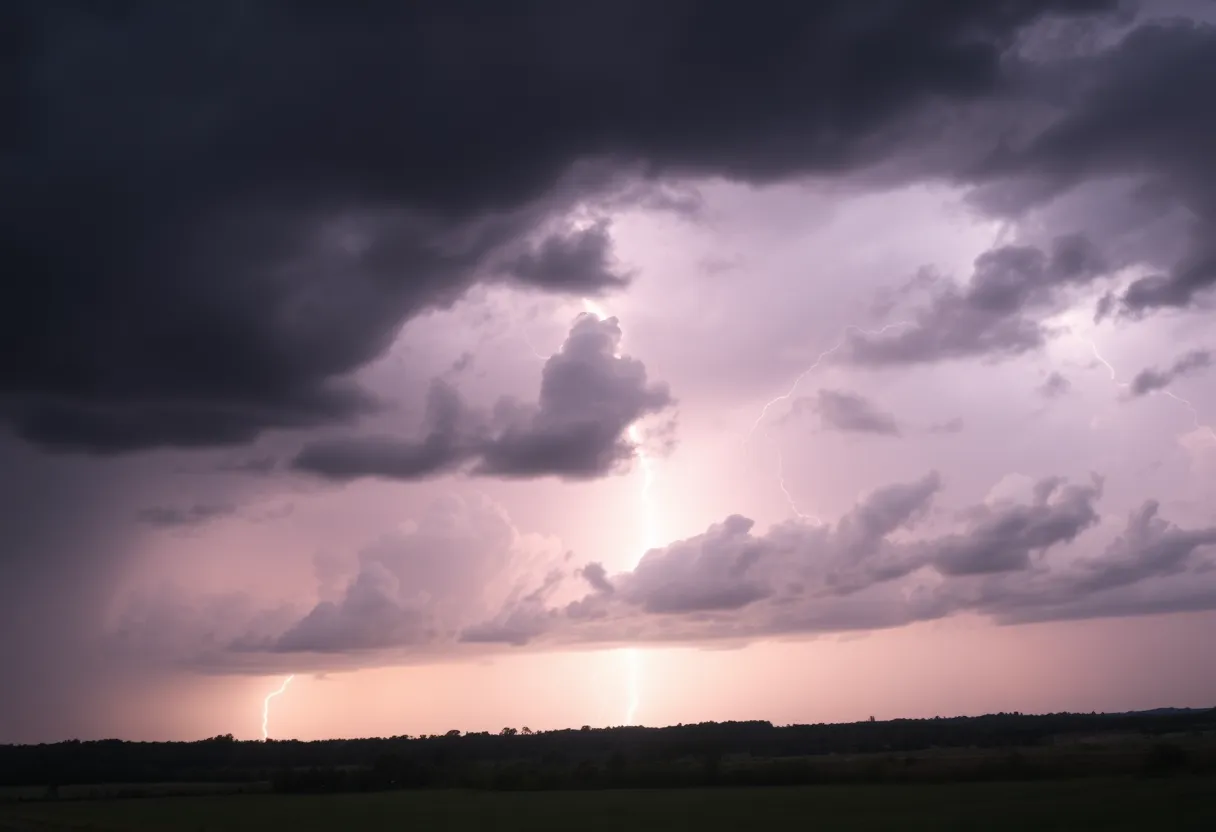Snow Day Decisions: What Happens Behind the Scenes in Kentucky Schools
As snowflakes and flurries are forecasted for Kentucky, many students are eagerly awaiting the possibility of snow days. In the wake of this expectation, school officials are taking a proactive approach to decide whether to cancel classes. Understanding this process sheds light on how local districts prioritize student safety amid winter weather.
Who Makes the Decision?
In Kentucky, the responsibility for determining whether to delay or cancel school falls squarely on the shoulders of the superintendents. For instance, Clark County Schools Superintendent Dustin Howard emphasizes that the process is not as simple as stepping outside to see snow coverage. “It’s a very thorough, well thought out and intentional collaboration between literally the entirety of our community,” he explained. This collaboration often involves consulting various community members and other nearby districts.
What Factors Are Considered?
Superintendents assess multiple factors when making snow day decisions. According to Myron Thompson, Chief Operating Officer of Fayette County Public Schools, they evaluate road conditions, weather forecasts, and actual ground conditions. This is critical in areas with varied landscapes, where snowy roads can create unsafe travel conditions for students and staff.
Where Are the Challenging Areas?
Some counties in Kentucky are less equipped to handle snowfall. For example, Spencer County and Lewis County struggle more than others in snow resilience. In contrast, Fayette County tends to follow an average of 2-3 inches of snow as a standard for school cancellations. These differences highlight the importance of tailored approaches based on specific county conditions.
When Are Decisions Made?
Timeliness is essential in making these decisions. In Clark County, the call to cancel school must be finalized by 5:15 a.m. since the first bus departs shortly after. If conditions are uncertain, school officials monitor the situation overnight, assessing roads, parking lots, and sidewalks to ensure safe travel for all students. “If I am on the fence and it’s 50/50, I am always going to pick the safety 50,” said Howard, emphasizing a commitment to student safety.
Why Is Safety the Priority?
The overarching goal for school administrators is to provide a safe learning environment. Howard states, “Safety is our number one priority.” This involves evaluating whether every student can arrive at school safely, regardless of their mode of transportation. It is a significant responsibility, taking into account the well-being of the entire student body.
What Happens After a Decision Is Made?
Both Clark and Fayette counties aim to keep educational disruption to a minimum. Their preference is to utilize Non-Traditional Instruction (NTI) days to maintain curriculum progress. However, in the event of multiple NTI days or power outages, it may be necessary to implement traditional snow days instead.
As Kentuckians brace for potential winter weather, the commitment of local school officials to student safety and education remains steadfast. By actively collaborating, monitoring conditions, and making informed decisions, they strive to ensure that learning continues while prioritizing the safety of their students.






